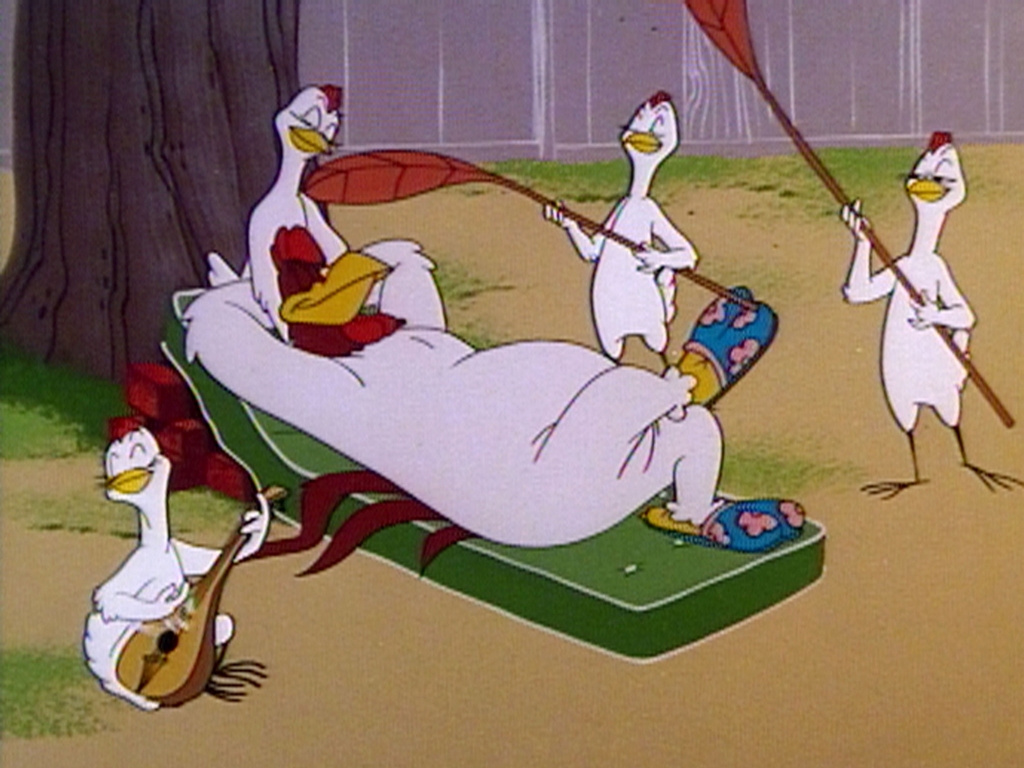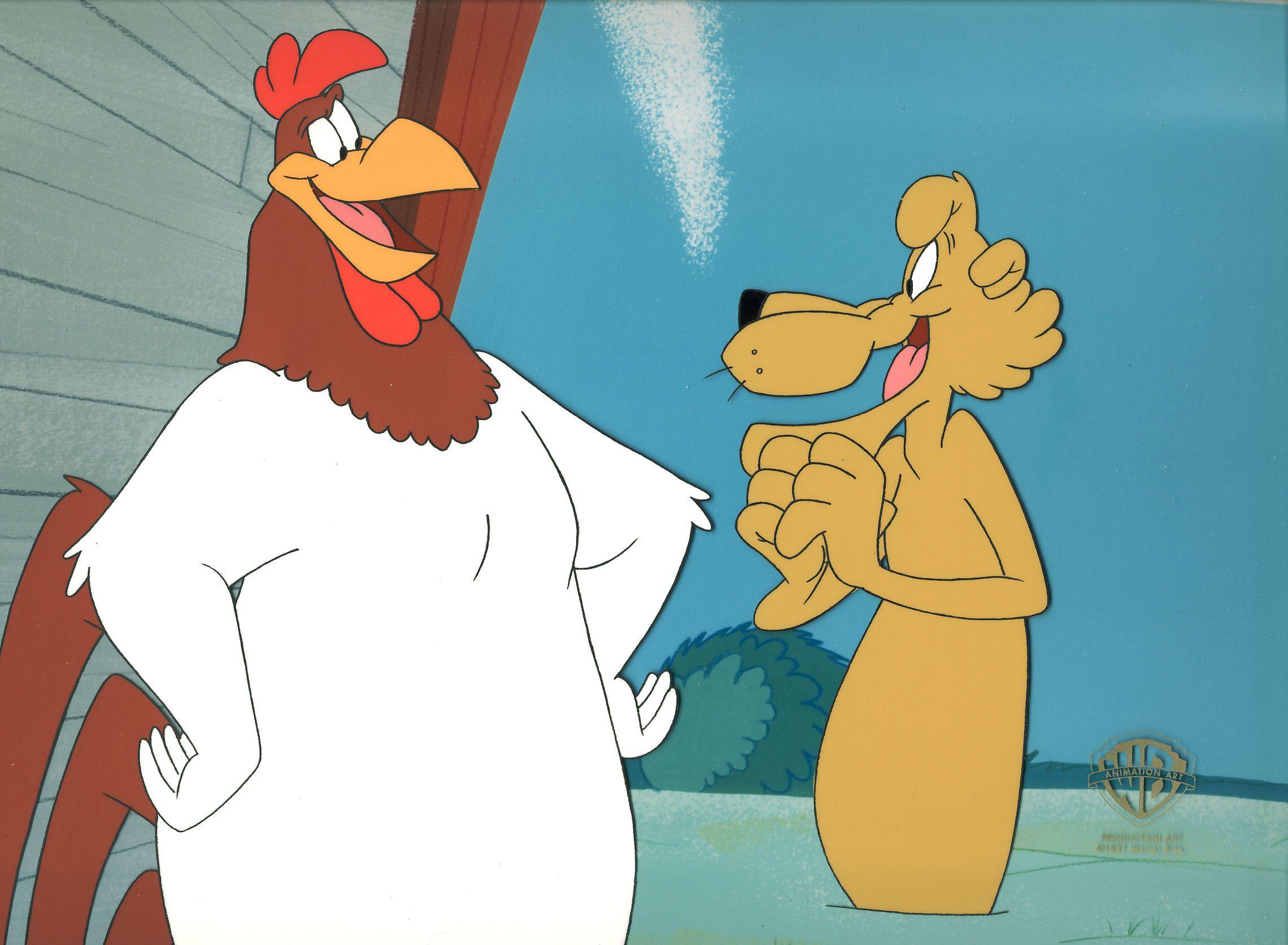
Foghorn's voice was created by Mel Blanc and was later performed by Joe Alaskey, Frank Gorshin, Bill Farmer, and Jeff Bennett. Other recurring themes throughout the cartoons included the attempts of the diminutive Henery Hawk to catch and eat Foghorn, and the rooster's efforts to woo the widowed hen Miss Prissy (often by babysitting her bookish son, Egghead, Jr.). This gag was passed down to Leghorn's grandson in "Feather Bluster", where Foghorn was puzzled as to why the youngster was behaving that way and Barnyard was all too happy to remind him: "Ain't nothin' wrong with 'im, Foggy, 'ceptin' that he takes after you." He was joined in a few episodes by a weasel called " Bill" who initially attempted to eat him but ended up joining forces to outsmart Barnyard.
#Fog horn leg horn video series
Barnyard would give chase, usually with his leash still attached to his collar, until the leash stretched tautly and his barking was replaced by an anguished shriek.Īt times, when the dog would continue to bark, he would also yell, "AAAAAAAHHH, shaddap!" In rare cases, Barnyard starts the series of pranks as such it is somewhat difficult to tell who started the feud. He does not sing any other part of the song, reverting to humming after the DOO-Dah's.

Occasionally, Foghorn sings the song, but replaces "Camptown ladies sing this song." with "Lump-teen-dozen and a-doo-dah day.". Most commonly, Leghorn's taking up a plank of wood, while ambling along humming "Camptown Races", coming to the sleeping Barnyard with his front half inside his doghouse, picking up his tail and rapidly whacking (almost always with eight strokes) his exposed rear end. However, in his and Dawg's debut, it's revealed that the Dawg is the one who started their unstoppable fight. Coyote & Road Runner series), Foghorn is often the initial aggressor out of self-amusement and subsequently on the "losing" end of gimmicks. Unlike other Looney Tunes rivalries (with the notable exception of the Wile E. Many of the gimmicks involve Foghorn and Barnyard Dawg engaging in one-upmanship through a series of pranks. All of the motion picture Foghorn Leghorn cartoons were directed by Robert McKimson, and the rooster vies with the Tasmanian Devil as the most popular character associated with the director. He has a knack of saying, "I say" as a form of interjection in his speech. He has a Virginian accent, a "good ol' boy" speaking style, and a penchant for mischief. įoghorn debuted 31 August 1946 in the Henery Hawk short Walky Talky Hawky.įoghorn is a large, anthropomorphic adult rooster with a red head, long red tailfeathers, and yellow talons with short yellow claws.

Both parts of the name suggest the association with "Senator Claghorn." According to Leonard Maltin, the character's voice was also patterned after a hard-of-hearing West Coast-only radio character from the 1930s, known simply as The Sheriff, in a radio program called Blue Monday Jamboree. At its most raucous, it sounds similar to that of another Blanc voice: Yosemite Sam (an almost exclusive Friz Freleng character). Ī “Leghorn” is a breed of chicken (since it was an Italian breed that makes him Italian-American), and “Foghorn” describes the character's loud, overbearing voice. The rooster adopted many of Claghorn's catchphrases, such as "That's a joke, I say, that's a joke, son." Delmar had based the character of Claghorn upon a Texas rancher who was fond of saying this.

Foghorn Leghorn was directly inspired by the popular character Senator Claghorn, a blustery Southern politician played by Kenny Delmar who was a regular character in The Fred Allen Show, a popular radio show of the 1940s.


 0 kommentar(er)
0 kommentar(er)
